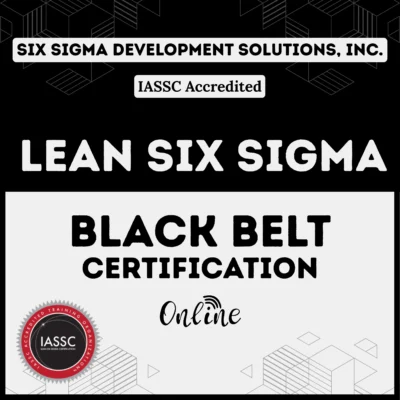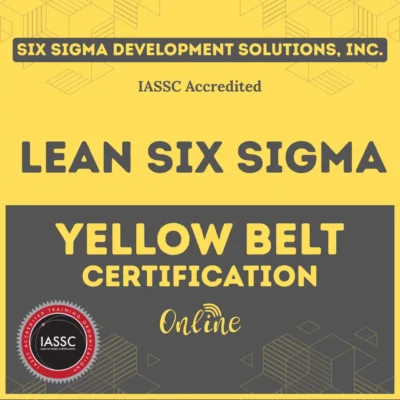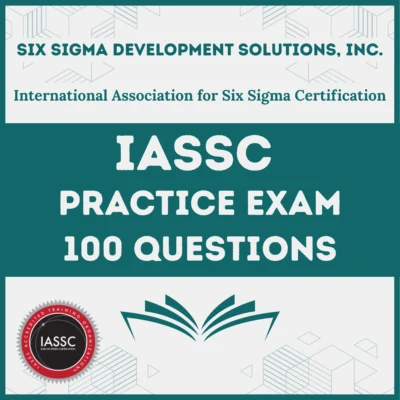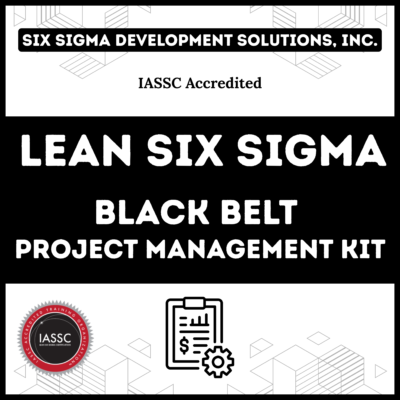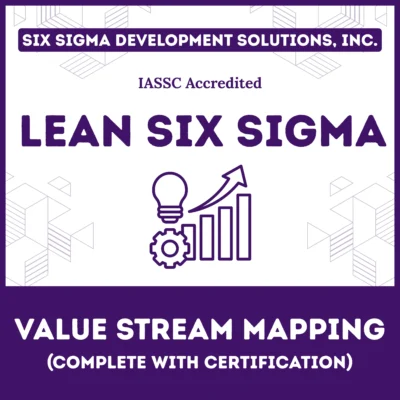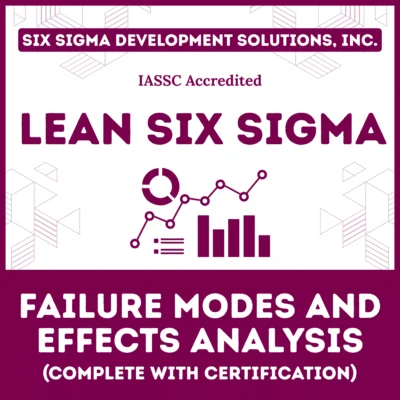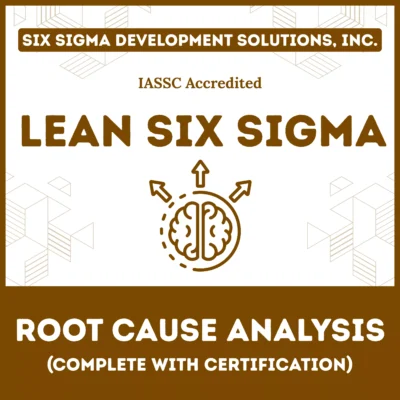Training and mentoring Six Sigma Green Belts and Yellow Belts is the key to unlocking this vision, transforming your team into problem-solving champions who drive quality and innovation. But how do you train and mentor Six Sigma Green Belts and Yellow Belts in your team?
It’s not just about teaching tools—it’s about fostering a culture of continuous improvement, blending hands-on practice with real-world application.
In this guide, we’ll dive deep into proven strategies for Six Sigma training, share mentorship tips to inspire confidence, and explore how to cultivate a lean mindset in 2025. Whether you’re a manager, project leader, or Black Belt shaping the next generation, this roadmap will empower you to build a stellar Six Sigma team. Let’s get started!
Table of contents
Understanding Six Sigma Green and Yellow Belts
Before diving into training, let’s clarify the roles of Green Belts and Yellow Belts in the Six Sigma hierarchy. These belt levels, inspired by martial arts, define expertise in using the DMAIC framework (Define, Measure, Analyze, Improve, Control) to optimize processes.
Yellow Belts
Yellow Belts are team players who assist in process improvement projects. They grasp Six Sigma basics, like process mapping and waste identification, and support data collection under Green or Black Belt guidance.
- Skills: Understand DMAIC, use tools like Pareto charts, and contribute to team efforts.
- Role: Support projects part-time, often in operational or frontline roles.
- Training Needs: 16-20 hours of foundational training; focus on practical application.
Green Belts
Green Belts step up to lead smaller projects, diving deeper into statistical tools like hypothesis testing and control charts. They balance day jobs with project management, delivering measurable results.
- Skills: Lead DMAIC projects, analyze data, implement solutions.
- Role: Manage projects part-time, mentor Yellow Belts, report to Black Belts.
- Training Needs: 40-80 hours, including stats and project execution.
Understanding these roles sets the stage for tailored training and mentorship. Transitioning to strategy, let’s explore how to shape these belts into process powerhouses.
Public, Onsite, Virtual, and Online Six Sigma Certification Training!
- We are accredited by the IASSC.
- Live Public Training at 52 Sites.
- Live Virtual Training.
- Onsite Training (at your organization).
- Interactive Online (self-paced) training,
Why Train and Mentor Six Sigma Green and Yellow Belts?
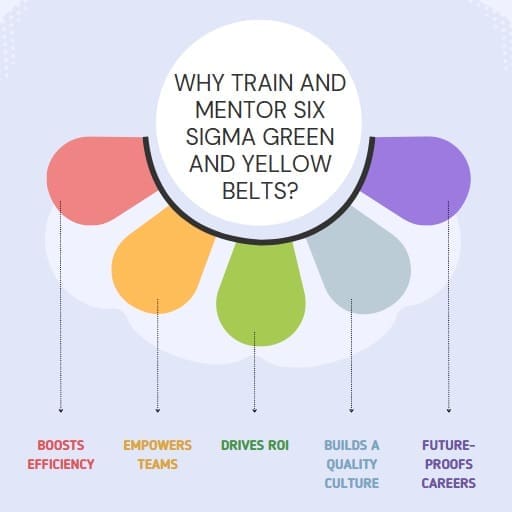
Investing in Six Sigma training and mentorship yields transformative benefits:
- Boosts Efficiency: Trained belts reduce defects by up to 30%, streamlining workflows.
- Empowers Teams: Employees gain confidence, with 80% reporting career growth post-certification.
- Drives ROI: Green Belt projects often save $50K-$100K per initiative, per ASQ data.
- Builds a Quality Culture: Mentored teams embed continuous improvement, cutting costs and boosting customer satisfaction.
- Future-Proofs Careers: In 2025, Six Sigma skills are in demand across manufacturing, healthcare, and tech, with Green Belts earning $118K on average.
Mentorship amplifies training, ensuring skills translate into real-world impact. Now, let’s unpack how to craft an effective training program.
Also See: Fast Track to the Black Belt Training Brochure
Process of Training Six Sigma Green and Yellow Belts
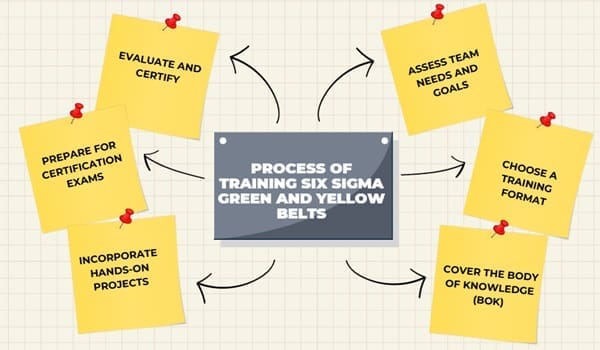
Training Six Sigma Green Belts and Yellow Belts requires a structured approach. Here’s a proven roadmap:
Step 1: Assess Team Needs and Goals
Start by aligning training with organizational objectives. Ask:
- What processes need improvement? E.g., reducing manufacturing defects or hospital wait times.
- Who’s best suited? Yellow Belts for frontline staff; Green Belts for managers or analysts.
- What’s the timeline? Yellow Belt: 1-2 weeks; Green Belt: 4-6 weeks.
Step 2: Choose a Training Format
Select a delivery method that suits your team’s schedule and learning style:
- Online/Self-Paced: Ideal for Yellow Belts; platforms like Coursera offer $200-400 courses.
- Instructor-Led: Best for Green Belts; in-person or virtual sessions (e.g., 6Sigma.us, $800+).
- In-House: Customize with internal Black Belts for cost savings (40% lower than external trainers).
- Blended: Combine e-learning with workshops for hands-on practice.
Step 3: Cover the Body of Knowledge (BoK)
Ensure training aligns with the provider’s BoK (e.g., ASQ, IASSC). Key topics:
- Yellow Belt: DMAIC overview, process mapping, 5S, Pareto charts, root-cause analysis.
- Green Belt: Advanced DMAIC, statistical tools (hypothesis testing, regression), control charts, Lean principles (Kaizen, value stream mapping).
Step 4: Incorporate Hands-On Projects
Learning sticks through doing. Assign:
- Yellow Belts: Support roles in real projects, like collecting cycle-time data.
- Green Belts: Lead a small project, e.g., reducing order errors by 15% using DMAIC.
Provide templates (SIPOC, fishbone diagrams) and software like Minitab (free trials available) to simplify analysis.
Step 5: Prepare for Certification Exams
Guide trainees toward certification:
- Yellow Belt: 40-question exam, 70% pass, 1-2 weeks prep.
- Green Belt: 100-110 questions, 70-75% pass, 4-6 weeks prep.
- Offer mock exams (ASQ question banks, $100) and study groups. Target 80%+ practice scores.
Step 6: Evaluate and Certify
Post-training, assess performance via projects or quizzes. Partner with accredited providers (ASQ, IASSC) for credibility. Costs: Yellow ($200-400), Green ($369-1,000). Encourage employer funding—70% of firms reimburse.
Effective Mentorship Strategies for Six Sigma Green and Yellow Belts
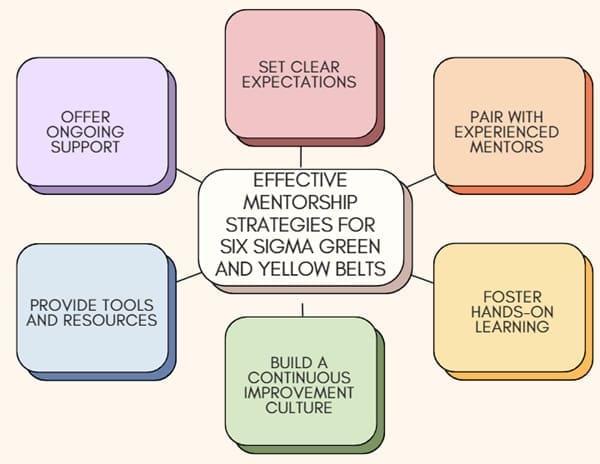
Mentoring transforms knowledge into impact, guiding belts to apply skills confidently. As a Black Belt or leader, use these strategies to nurture your team:
1. Set Clear Expectations
Define roles early:
- Yellow Belts: Data collectors, process mappers.
- Green Belts: Project leaders, data analysts. Share success metrics, like reducing defects by 10% or saving $50K. Clarity boosts engagement by 25%, per industry studies.
2. Pair with Experienced Mentors
Assign Green Belts to Black Belts and Yellow Belts to Green Belts for shadowing. For example, a Green Belt might mentor a Yellow Belt on creating a Pareto chart for defect analysis. Regular check-ins (weekly 30-minute sessions) keep progress on track.
3. Foster Hands-On Learning
Encourage real-world projects:
- Yellow Belt Example: Map a customer service process to spot delays.
- Green Belt Example: Lead a project to cut manufacturing scrap by 20%. Provide feedback on deliverables, like control charts, to refine skills.
4. Build a Continuous Improvement Culture
Model Six Sigma principles:
- Use Kaizen events to brainstorm solutions.
- Celebrate wins, like a Green Belt’s $75K savings, to inspire others.
- Promote open dialogue to share challenges, reducing errors by 15% through collaboration.
5. Provide Tools and Resources
Equip your team with:
- Software: Minitab, QI Macros for stats.
- Templates: Free DMAIC checklists online.
- Communities: LinkedIn Six Sigma groups for peer learning.
6. Offer Ongoing Support
Mentorship doesn’t end at certification. Schedule quarterly reviews to discuss project outcomes and career goals. Encourage Green Belts to mentor Yellow Belts, creating a ripple effect of expertise.
Mentorship bridges theory and practice, ensuring belts thrive in real-world challenges. Next, let’s tackle common hurdles.
Also See: Best Lean Six Sigma Training in Cleveland
Overcoming Challenges in Training and Mentoring
Training and mentoring aren’t without obstacles. Here’s how to navigate them:
- Time Constraints: Employees juggle day jobs. Solution: Offer flexible, modular training (e.g., 2-hour weekly sessions).
- Resistance to Change: Some resist new methods. Counter: Highlight ROI, like a Green Belt project saving $100K.
- Skill Gaps: Stats can intimidate. Use visual tools (e.g., Minitab tutorials) and pair with mentors.
- Budget Limits: Training costs $200-1,000. Seek employer funding or free resources (IASSC BoK PDFs).
- S sustaining Momentum: Post-certification enthusiasm fades. Host Kaizen events and track KPIs to keep teams engaged.
Proactive solutions ensure your team stays motivated and skilled.
Real-World Impact of Training and Mentoring
The proof is in the results:
- Manufacturing: A Green Belt led a project to cut production defects by 25%, saving $200K annually.
- Healthcare: Yellow Belts mapped patient intake, reducing wait times by 30%.
- Retail: A Green Belt team streamlined inventory, boosting on-time delivery by 15%.
These successes show that well-trained, mentored belts drive tangible outcomes, reinforcing the value of your investment.
FAQs About Training and Mentoring Six Sigma Green and Yellow Belts
How do you train Six Sigma Green Belts and Yellow Belts?
Train through structured programs (online or instructor-led), covering DMAIC, Lean tools, and hands-on projects. Yellow Belts need 16-20 hours; Green Belts, 40-80 hours.
What is the difference between Green and Yellow Belt training?
Yellow Belt training focuses on basics (process mapping, waste identification), while Green Belt dives into stats (hypothesis testing) and project leadership.
How long does it take to train Six Sigma Green Belts?
Green Belt training takes 4-6 weeks (40-80 hours), including DMAIC, stats, and a project. Exam prep adds 2-4 weeks.
What are effective mentorship strategies for Six Sigma teams?
Pair belts with experienced mentors, assign real projects, provide tools like Minitab, and foster a continuous improvement culture with regular feedback.
How much does Six Sigma training cost?
Yellow Belt costs $200-400; Green Belt, $369-1,000. Many employers cover 70-100% of fees.
Final Words
Training and mentoring Six Sigma Green Belts and Yellow Belts is more than a task—it’s a transformative journey that empowers your team to drive efficiency, slash costs, and delight customers. By blending structured training with hands-on projects and dedicated mentorship, you create a culture where continuous improvement thrives.

About Six Sigma Development Solutions, Inc.
Six Sigma Development Solutions, Inc. offers onsite, public, and virtual Lean Six Sigma certification training. We are an Accredited Training Organization by the IASSC (International Association of Six Sigma Certification). We offer Lean Six Sigma Green Belt, Black Belt, and Yellow Belt, as well as LEAN certifications.
Book a Call and Let us know how we can help meet your training needs.






